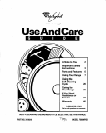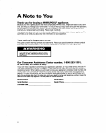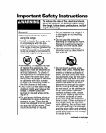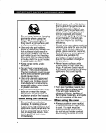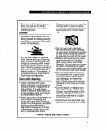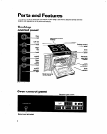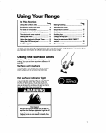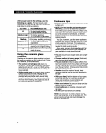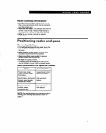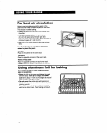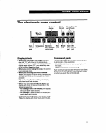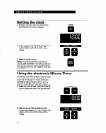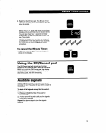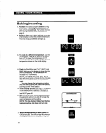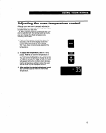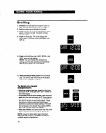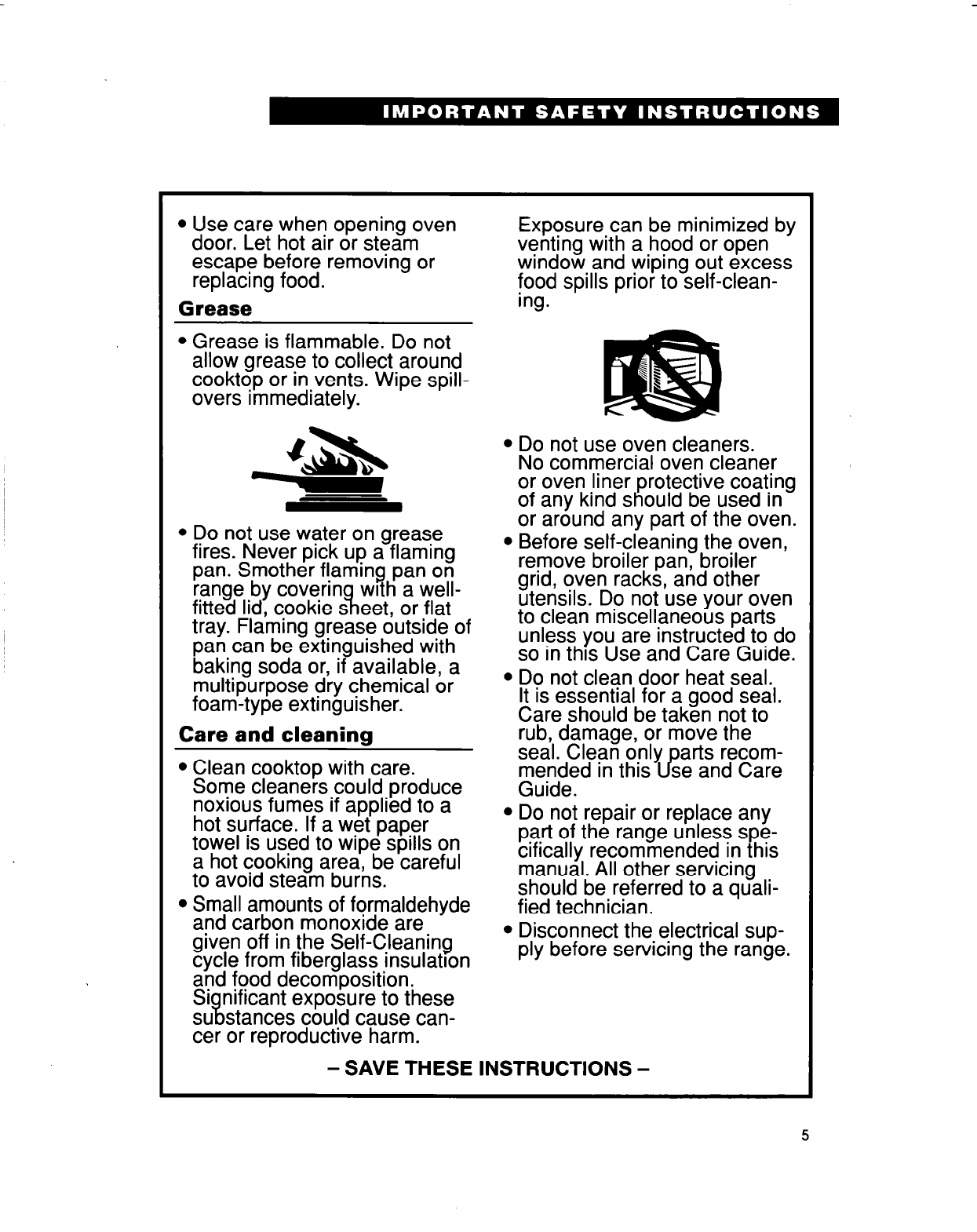
l
Use care when opening oven
door. Let hot air or steam
escape before removing or
replacing food.
Grease
Exposure can be minimized by
venting with a hood or open
window and wiping out excess
food spills prior to self-clean-
rng.
l
Grease is flammable. Do not
allow grease to collect around
cooktop or in vents. Wipe spill-
overs immediately.
l
Do not use water on grease
fires. Never pick up a flaming
pan. Smother flaming pan on
range by coverin
97
with a well-
fitted lid, cookie s eet, or flat
tray. Flaming grease outside of
pan can be extinguished with
baking soda or, if available, a
multipurpose dry chemical or
foam-type extinguisher.
Care and cleanina
l
Clean cooktop with care.
Some cleaners could produce
noxious fumes if applied to a
hot surface. If a wet paper
towel is used to wipe spills on
a hot cooking area, be careful
to avoid steam burns.
l
Small amounts of formaldehyde
and carbon monoxide are
given off in the Self-Cleaning
cycle from fiberglass insulatron
and food decomposition.
Si
%
nificant exposure to these
su
stances could cause can-
cer or reproductive harm.
l
Do not use oven cleaners.
No commercial oven cleaner
or oven liner protective coating
of any kind should be used in
or around any part of the oven.
l
Before self-cleaning the oven,
remove broiler pan, broiler
grid, oven racks, and other
utensils. Do not use your oven
to clean miscellaneous parts
unless you are instructed to do
so in this Use and Care Guide.
l
Do not clean door heat seal.
It is essential for a good seal.
Care should be taken not to
rub, damage, or move the
seal. Clean only
arts recom-
mended in this
J se and Care
Guide.
l
Do not repair or replace any
part of the range unless spe-
cifically recommended in this
manual. All other servicing
should be referred to a quali-
fied technician.
l
Disconnect the electrical sup-
ply before servicing the range.
- SAVE THESE INSTRUCTIONS -
5



